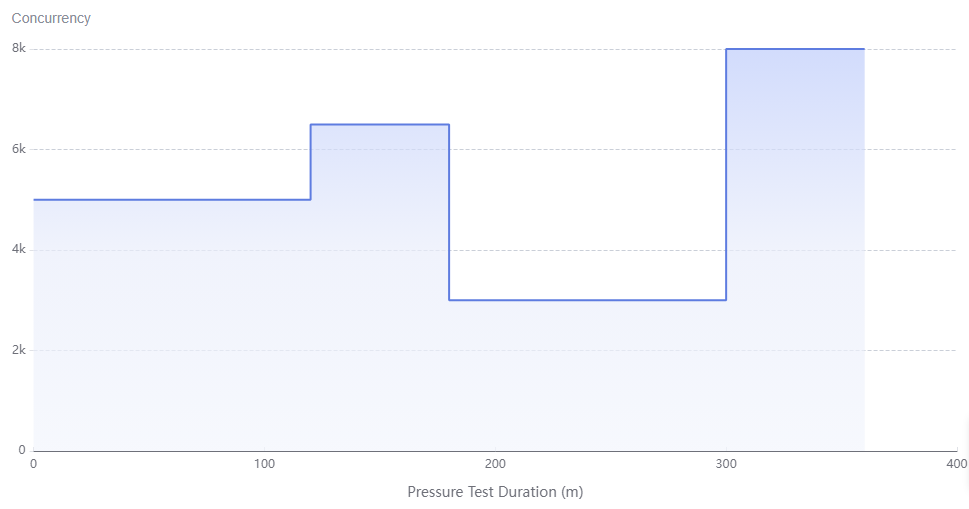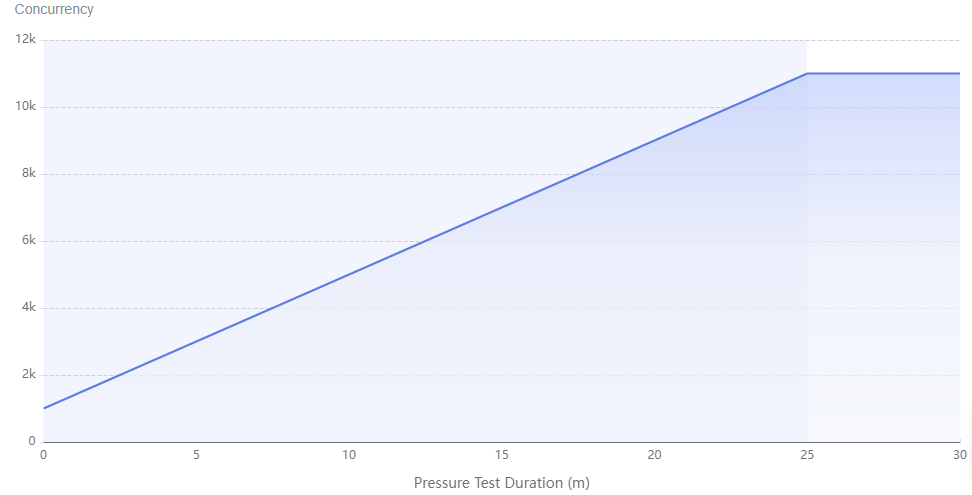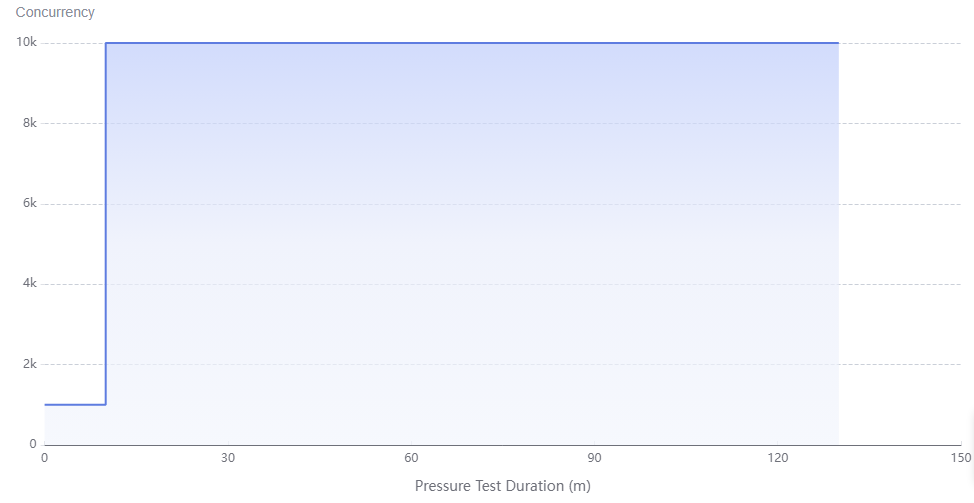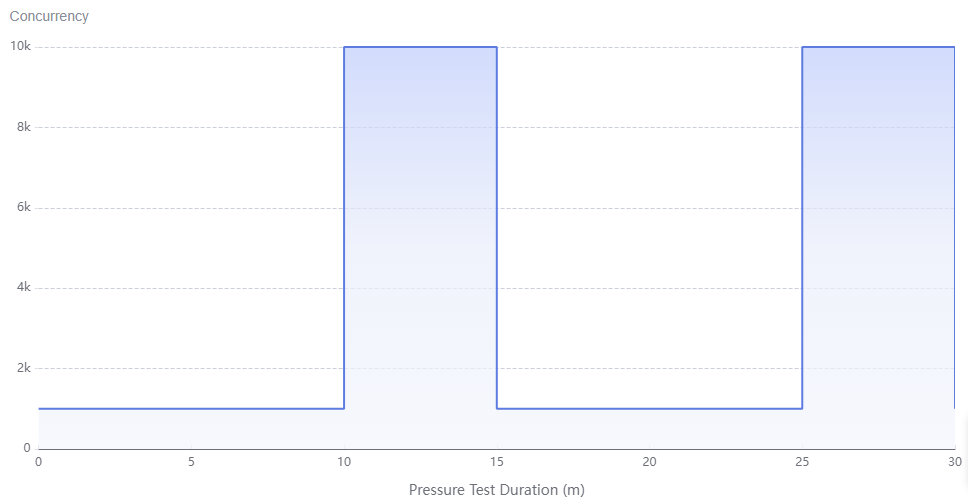Overview
Scenarios
Systems related to the national economy and people's livelihood, such as all-in-one systems, have been launched in many cities. However, abrupt increases in traffic volumes may cause slow response and even system breakdown. For example:
- In some cities, vouchers are issued on the hour in an all-in-one app or applet.
- Most citizens declare individual income tax (IIT) on such apps or applets at a certain time (January to March each year).
These situations require high performance of all-in-one systems.
Solution Architecture
To prevent system breakdown in peak hours, CodeArts PerfTest provides simulated scenarios and constructs pressure models to quickly detect service performance bottlenecks.
The following simulation scenarios are provided:
Scenario 1: access in peak hours
Large city (> 10 million people)
- Scenario analysis: The overall traffic gradually increases.
- Reference model and solution: Use the Concurrency Mode model to continuously increase the pressure phase by phase based on specifications to check whether the system performance meets the requirements.
For example, the concurrency is 5000 from 7:00 to 9:00, 6500 from 9:00 to 10:00, 3000 from 10:00 to 12:00, and 8000 at restaurants from 12:00 to 13:00.
Figure 1 Model example 1
Scenario 2: declaring IIT at the beginning of the year
Large city (> 10 million people): A large number of citizens declare IIT from January to March.
- Scenario analysis: Continuous surge of ultra-large load occurs.
- Reference model and solution: Use the Concurrency Mode model.
- Apply the start load for a period of time.
- Apply a surge of load.
- Maintain the surge of load for a long period of time.
For example, apply a start concurrency of 1000 for 10 minutes, then increase the concurrency to 10,000 (10 times the nominal load) and keep it for 120 minutes.
Figure 2 Model example 2
Scenario 3: performance limit investigation
Municipal governments can investigate the performance limits of all-in-one systems.
- Scenario analysis: When the traffic slowly increases to the bottleneck, the task will continue.
- Reference model and solution: Use the Peakload Mode model to gradually increase the pressure based on specifications to check whether the system performance meets the requirements.
For example, set the start concurrency to 1,000, ramp up to 1,500 seconds (25 minutes), and the maximum concurrency to 11,000. The entire process lasts for 30 minutes.Figure 3 Model example 3

Scenario 4: claiming vouchers on the hour
Medium-sized city (2–10 million people): Claim vouchers at 12:00.
- Scenario analysis: A surge of load suddenly occurs.
- Reference model and solution: Use the Surge Mode model.
- Apply the start load for a period of time.
- Apply a surge of load.
- After a period of time, the load quickly reduces to the start concurrency and stay there for a while.
For example, 10,000 people concurrently claim vouchers twice (for 5 minutes each). In the test, apply a start concurrency of 1000 for 10 minutes, then increase the concurrency to 10,000 and keep it for 5 minutes. Then repeat this process.
Figure 4 Model example 4
Feedback
Was this page helpful?
Provide feedbackThank you very much for your feedback. We will continue working to improve the documentation.See the reply and handling status in My Cloud VOC.
For any further questions, feel free to contact us through the chatbot.
Chatbot





